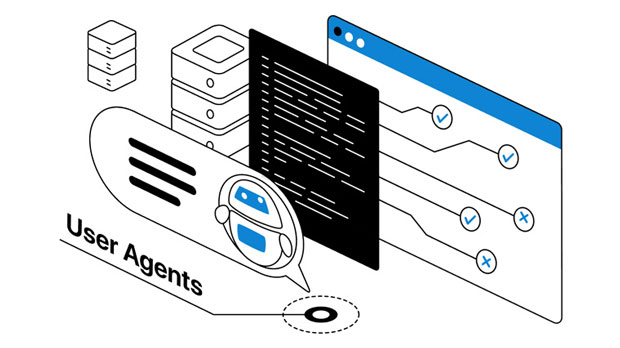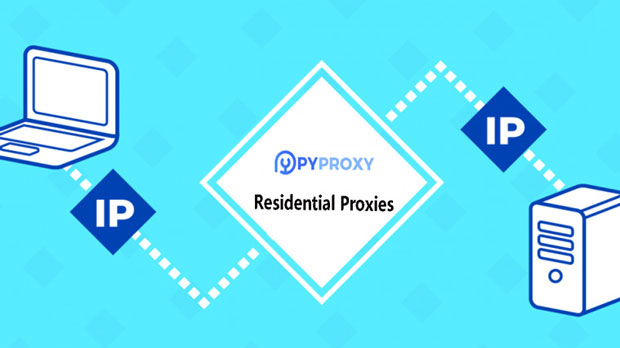In the digital age, internet users are constantly seeking ways to enhance their online experience, particularly in the realms of online gaming and video streaming. One method that has gained attention is the use of socks5 proxies, which provide anonymity and can improve network performance. While there are paid SOCKS5 services offering high reliability, free SOCKS5 proxies also play a significant role in these sectors. However, their impact on online gaming and streaming is far from straightforward. In this article, we will explore both the potential benefits and the drawbacks of using free SOCKS5 proxies in these contexts, analyzing how they can influence performance, security, and user experience. 1. What are SOCKS5 Proxies?SOCKS5 proxies are a type of internet proxy that routes traffic between a user and the web through an intermediary server. Unlike traditional HTTP proxies, which handle only specific types of traffic, SOCKS5 supports all kinds of internet traffic, including TCP and UDP, making it more versatile. For users looking to conceal their IP address, bypass geographic restrictions, or improve network performance, SOCKS5 proxies have become a popular choice.Free SOCKS5 proxies, in particular, are often used by individuals who are unwilling to pay for premium proxy services. While free proxies may seem like an attractive option, their quality can vary significantly, and their effects on online gaming and streaming can be unpredictable.2. The Impact of Free SOCKS5 Proxies on Online Gaming2.1. Latency and Connection StabilityOne of the primary concerns when using a socks5 proxy for online gaming is latency. Latency refers to the delay between a player's action and the response from the server. In online gaming, even small delays can lead to a poor experience, such as lag or unresponsive gameplay. Free SOCKS5 proxies often suffer from slower connection speeds due to overcrowded servers, insufficient bandwidth, or unstable connections. This can result in increased latency, which directly affects the smoothness of gameplay, causing issues like stuttering, delayed inputs, and disconnections.2.2. Packet Loss and Data IntegrityIn online gaming, the integrity of data packets is crucial for real-time communication between players and servers. Free SOCKS5 proxies may not be as reliable as paid ones, and as a result, they can lead to packet loss. Packet loss occurs when data packets are lost in transit, leading to disruptions in gameplay and inconsistent communication. For fast-paced games that rely on precise timing, such as first-person shooters or multiplayer online battle arena (MOBA) games, packet loss can significantly impair performance, affecting both gameplay experience and competitive outcomes.2.3. Risk of Blocking or ThrottlingOnline game developers often implement measures to block or throttle players using proxies to prevent cheating or circumventing geographic restrictions. Free SOCKS5 proxies are more likely to be detected and blocked, which means players may experience interruptions or be unable to connect to game servers at all. Additionally, some gaming servers may impose throttling, limiting the speed of players using proxies to ensure fair play for all participants. This can be particularly frustrating for gamers who rely on proxies to access restricted content or improve performance.3. The Impact of Free SOCKS5 Proxies on Streaming3.1. Bypassing Geographic RestrictionsOne of the main reasons users employ SOCKS5 proxies for video streaming is to bypass geographic restrictions. Many streaming platforms impose location-based content restrictions, meaning that users in some regions cannot access certain shows or movies. A free socks5 proxy can help users mask their true location, allowing them to access content that would otherwise be unavailable in their region. However, the effectiveness of free proxies in this area is inconsistent. Some free SOCKS5 proxies may fail to reliably change a user's IP address, resulting in failure to bypass region locks. Moreover, streaming services are becoming increasingly adept at detecting proxy use, and free SOCKS5 proxies are often flagged and blocked by these platforms.3.2. Streaming Quality and BufferingWhen using a SOCKS5 proxy for streaming, the quality of the video and the buffer time can be significantly impacted. Free SOCKS5 proxies often suffer from congestion due to a large number of users sharing the same server. This can lead to slower download speeds, causing videos to buffer or play at lower resolutions. In high-definition streaming, such as 4K or UHD, buffering becomes more pronounced, and video quality may degrade to the point where it is no longer enjoyable. Moreover, high congestion on free proxies may result in frequent disconnections, interrupting the viewing experience.3.3. Security Risks and Privacy ConcernsWhile SOCKS5 proxies can offer a degree of anonymity by masking a user's IP address, free proxies come with certain security risks. Free SOCKS5 proxy providers may not implement adequate encryption protocols, leaving users vulnerable to man-in-the-middle attacks, where malicious actors intercept their data. For streaming users, this could mean exposing sensitive information, such as login credentials, payment details, or personal data. Additionally, free proxy providers may log user data and potentially sell it to third parties, further compromising privacy. This is a significant concern for users who are sensitive about their online privacy.4. Alternatives and Best Practices for Online Gaming and Streaming4.1. Paid Proxy ServicesFor users who are serious about their online gaming or streaming experience, paid SOCKS5 proxies generally offer a more reliable and secure option. These services often come with dedicated servers, higher speeds, and better customer support. Moreover, paid services typically implement strong encryption and privacy policies, reducing the risks of data interception. By opting for a premium service, users can minimize latency, avoid packet loss, and enjoy uninterrupted streaming.4.2. Virtual Private Networks (VPNs)For streaming and gaming, Virtual Private Networks (VPNs) are another alternative to SOCKS5 proxies. VPNs offer robust encryption, which helps protect users’ data and privacy while providing the ability to bypass geographic restrictions. Unlike SOCKS5 proxies, VPNs typically offer more stable connections, which is especially important for online gaming, where performance is crucial. VPNs are also more secure, as they generally provide stronger protection against cyber threats.4.3. Optimizing Network SettingsAnother option for improving online gaming and streaming performance is to optimize the user’s network settings. This includes ensuring a stable internet connection, choosing the best server location, and reducing background data usage. For gamers, selecting the right server or adjusting game settings to minimize latency can make a noticeable difference. For streaming, users can prioritize internet speed and bandwidth allocation to ensure smooth playback.5. ConclusionFree SOCKS5 proxies can have a significant impact on both online gaming and streaming experiences, but they come with a mix of benefits and drawbacks. While they offer an easy and free method for bypassing geographic restrictions and providing some level of anonymity, their performance can often be inconsistent. For online gaming, free SOCKS5 proxies can introduce issues like increased latency, packet loss, and connection instability, affecting gameplay. For streaming, free proxies may cause buffering, reduced video quality, and potential security risks.Ultimately, users who value a seamless online gaming or streaming experience may find it worthwhile to invest in a more reliable paid proxy or VPN service. For those who continue to use free SOCKS5 proxies, it's important to be aware of the potential drawbacks and take necessary precautions to ensure privacy and security.
Dec 27, 2024





















































